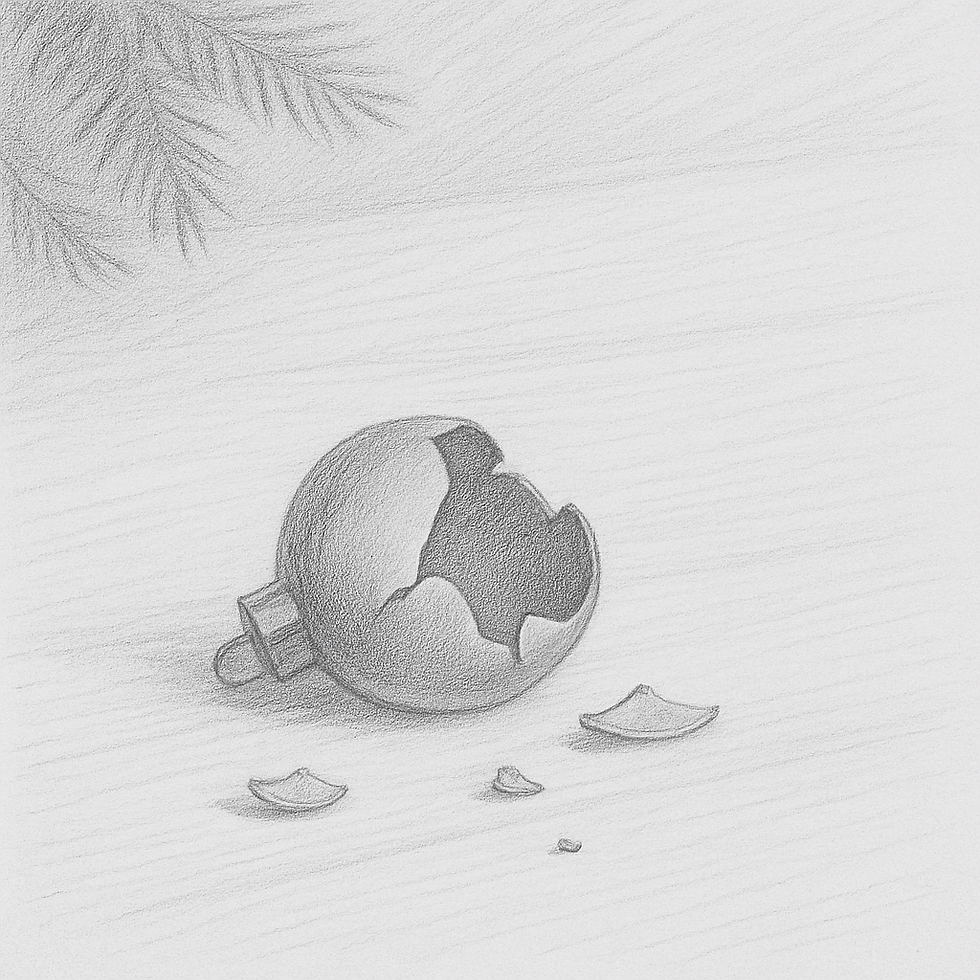When adoption meets reactive attachment disorder and other things this mom learned the hard way
- Heather
- Sep 9, 2020
- 4 min read
Updated: Mar 2, 2021

As an adoptive mom, I’ve been asked many times if I would adopt again. My answer is never cut and dry—never a hard yes or no.
I love children. I was a babysitter and nanny before I was a mom and built great relationships with those kids. Coupled with my love for children, I’ve always wanted a big family. When the opportunity to adopt a child from foster care and expand my family presented itself, I jumped in blindly. I figured, “How hard can it be?”
The equation seemed simple to me: A Child in Need + A Loving Family= A Bigger, More Fun and Still Successful Family
I.HAD.NO.CLUE. But I also didn’t know a thing about reactive attachment disorder back then.
My two biological children were preteen and teenage boys around the time we adopted. My parenting style had been working with our “neurotypical children”. Although our sons weren’t perfect by any means, they were respectable and hard-working people.
I naively assumed it’d simply work out the same with any other children who entered our home.
Here’s what I didn’t know before we adopted—
Sadly, many children in the foster care system struggle with reactive attachment disorder.
Reactive attachment disorder is a direct result of the trauma children endure at young ages. This trauma, often stemming from their biological homes, is how the children land in the foster care system in the first place. For some children, their trauma is so severe that it changes the way their brains develop during critical times of growth. Adoption doesn’t magically erase their past or how trauma has shaped their brains.
The nature of reactive attachment disorder sets kids and families up for failure.
Although a very serious and ever-present disorder in the home, reactive attachment disorder lives like a sneaky chameleon in public. So although primary caregivers struggle with the children, other adults don’t see the same behaviors. Even other adults in the same home often have a different experience with the child than the primary caregiver does. It is very difficult to secure help for a problem no one else can see.
The current foster care and adoption system sets kids and families up for failure
Incoming adoptive parents often do not learn about the struggles children present in previous foster care or adoptive homes. While shocking to most people unfamiliar with “the system”, caseworkers rarely share such details unless prospective adoptive parents blatantly ask for them. And most parents don’t even know to ask such questions in the first place. Therefore, parents lack the information, resources, and preparation time to meet their adopted children’s needs.
Our foster care system makes reactive attachment disorder worse for kids.
The foster care system has way too many children and far too little workers. This puts stress, strain, and unrealistic goals on caseworkers and other adults working within the foster care system. The children themselves fall through the cracks. The way children often move through multiple foster homes amplifies their disorder as well.
“Although not on purpose, our system perpetuates the cycle of reactive attachment disorder,” said renowned trauma expert Forrest Lien, LCSW, Owner of Lifespan Trauma Consulting. “By the time children enter adoptive homes, they’ve been neglected or abused by multiple adults, even within the very system meant to keep them safe.”
Love doesn’t fix reactive attachment disorder (in fact, love often quickly brings the disorder to the surface).
Most caseworkers tell adoptive parents that all their children need is permanency—that a stable, loving home will cure all. The instructors in our parenting classes told us that the children in foster care have had a tough time. But if we just hold and love them, they said, it will get better. So the harder it became, the more I loved. The harder my adopted son pushed me away, the more I assured him that I wasn’t going anywhere.
But children with reactive attachment disorder fear nurturing due to their early trauma. I now know that following what the professionals told me caused my disordered child to become more dysregulated. My parenting and love literally caused him more damage at that time. And, thus, further damage to our entire family.
Parents of children with reactive attachment disorder often don’t know how to ask for help.
Lots of well-meaning people told me to ask them for help if we needed anything. We needed help, that’s for sure. But by the time I realized our adopted child had serious issues, I had no clue what I needed. I could not explain what was happening in our home or why. The only thing I did know was that something was not right.
I have spent over eleven years as an adoptive parent. After a million moments of anguish and missteps, we’re on the other side. My family is stable now.
When asked if I’d adopt again, my answer is yes and no. I love all of my children, biological and adopted. But if I had to go through adoption like I had the first time, I’d absolutely opt-out. Yet, I would adopt again if I knew then what I know now.
I’d parent differently to meet my struggling children’s needs. I’d get my children the effective help they need early on. I’d secure the financial means necessary to do so before I signed a single piece of paper. I’d rally my friends and family together and educate them about adoption and reactive attachment disorder beforehand.
I’d have all the support and resources needed to effectively parent a child with reactive attachment disorder without depleting myself and my family. Every parent and their children deserve this right. And that is why I am a RAD Advocate.




Comments